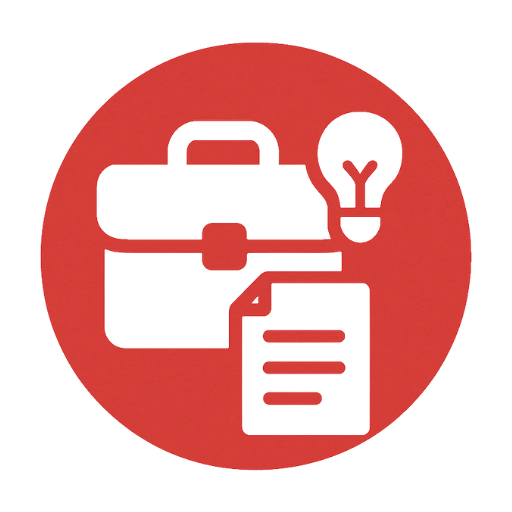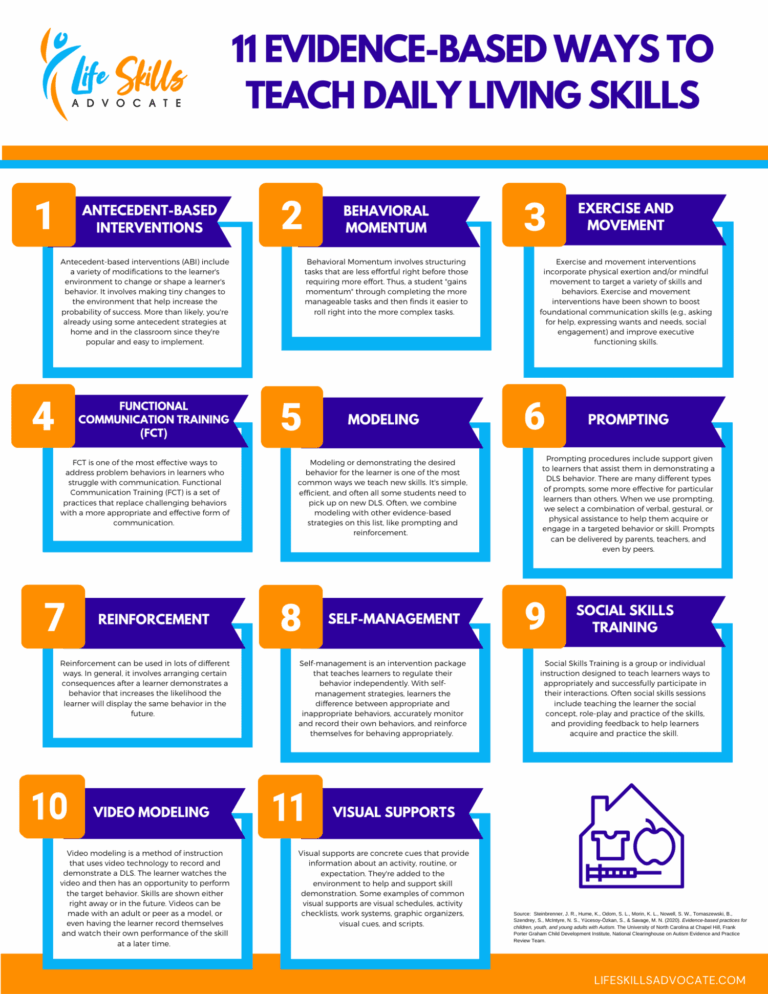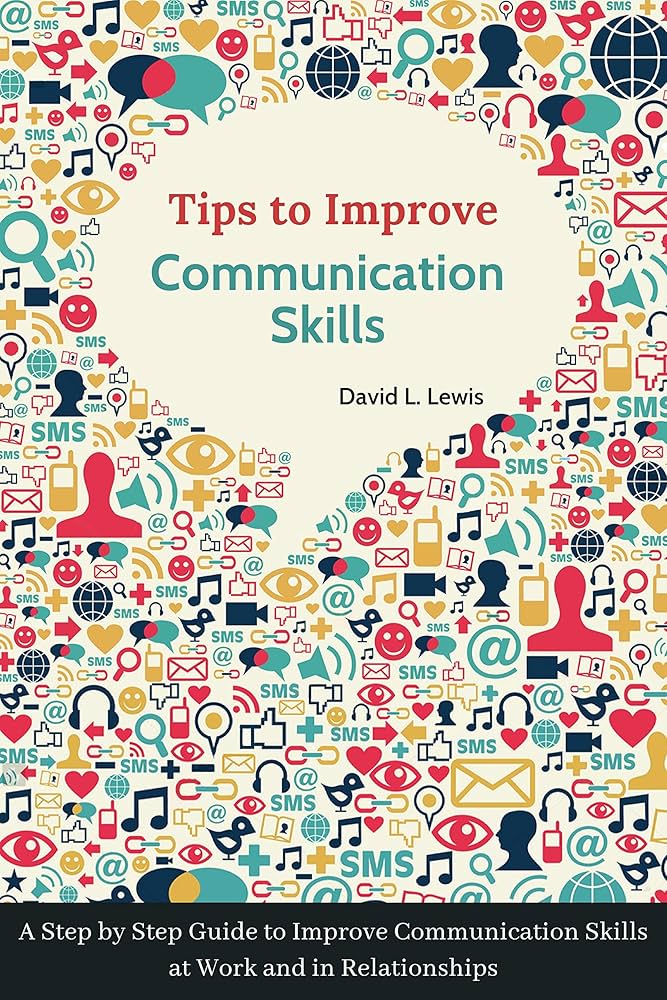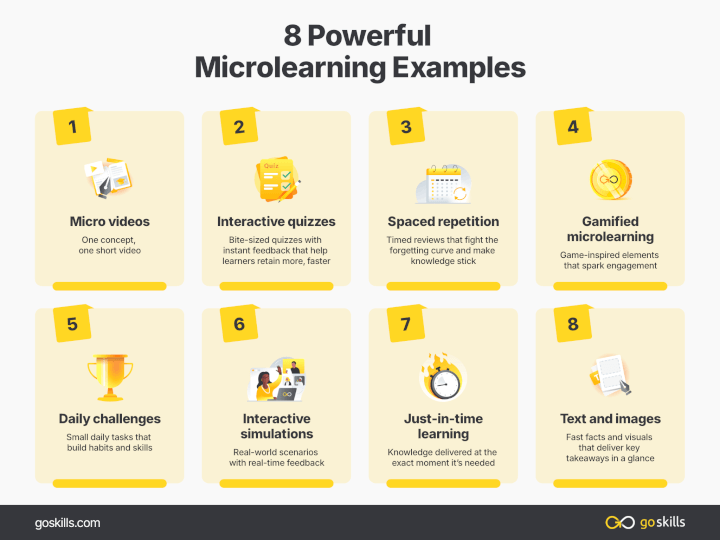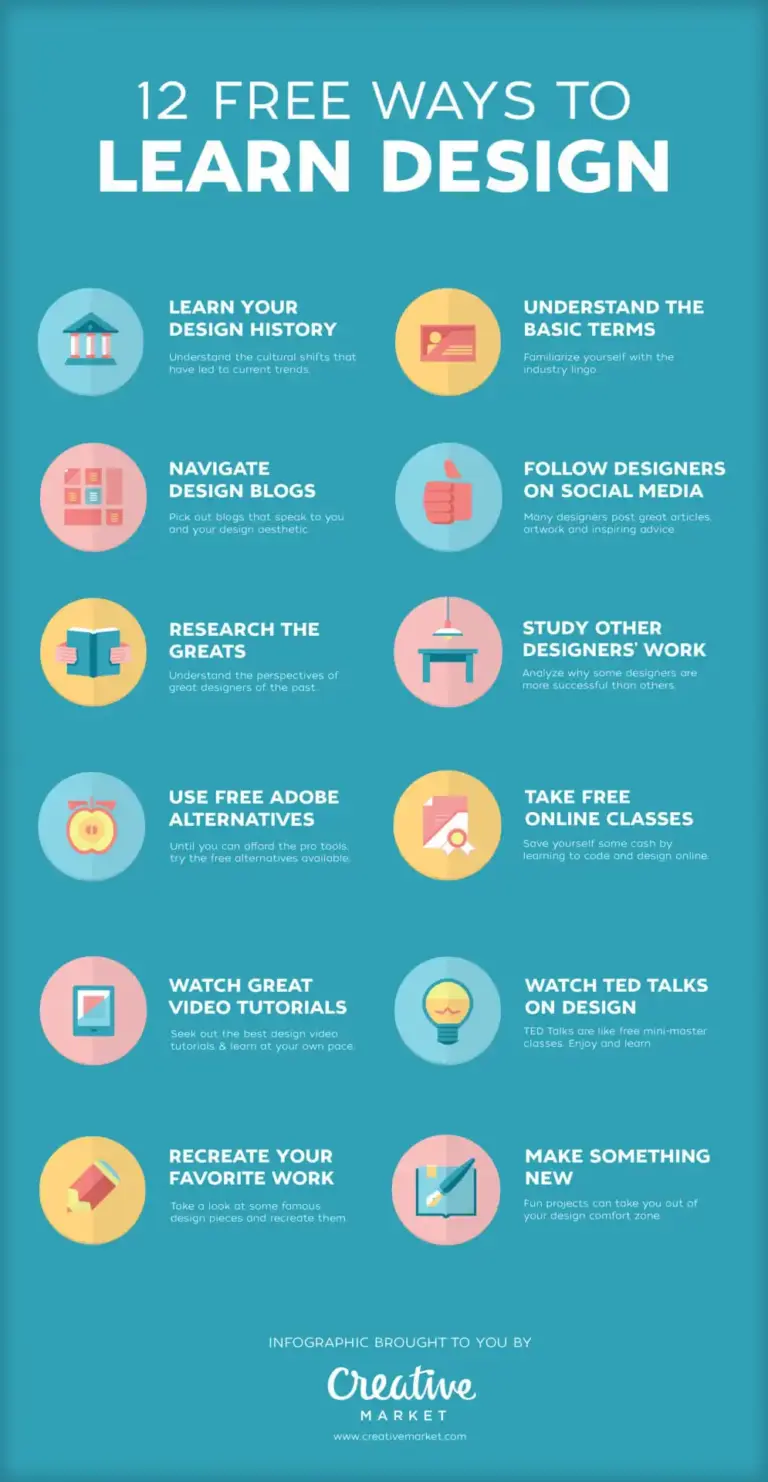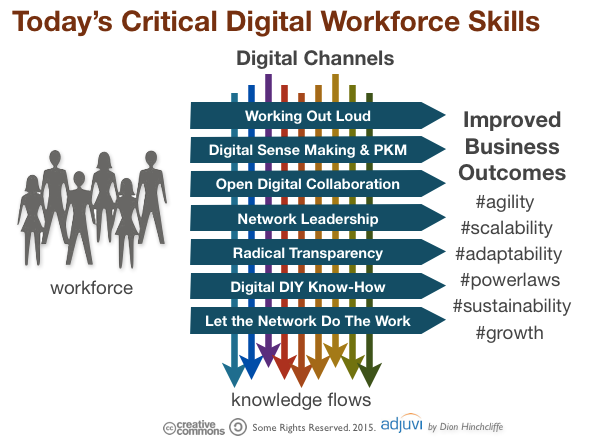How To Create And Follow A Personal Skill Development Plan
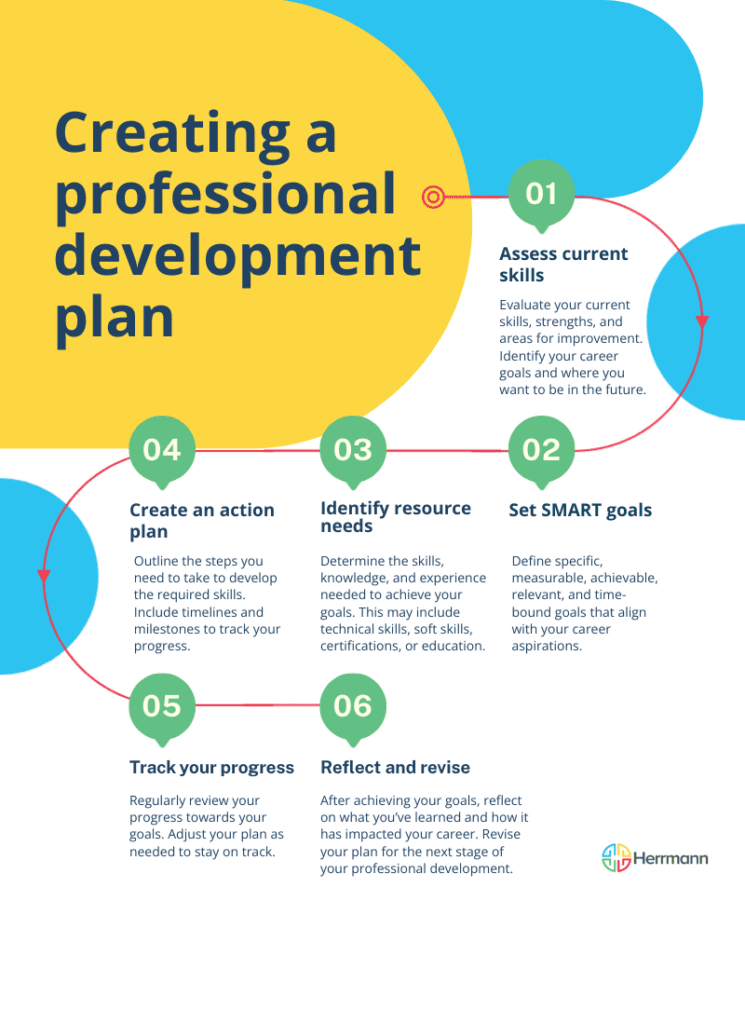
Ever wonder why some professionals seem to advance faster in their careers? The answer often lies in deliberate, structured personal skill development plans. These plans can transform vague ambitions into actionable steps, ensuring continuous improvement and career growth.
Crafting a personal skill development plan involves understanding where you are now and where you want to be. Start by identifying the skills you need and setting clear, achievable goals. Studies show that individuals with written goals are 42% more likely to achieve them, highlighting the power of a structured approach.
- Assess your current skills and identify gaps.
- Set specific, measurable goals for improvement.
- Choose the right learning resources and methods.
- Schedule regular review and adjustment sessions.
- Implement skills in real-life situations and seek feedback.

How to Create and Follow a Personal Skill Development Plan
Starting with assessing your current skills is important. Identify what you know and where you need improvement. This will help you set clear and achievable goals. According to this article, regularly reviewing your progress is a key habit for career growth. Make sure to write down these goals.
Setting specific, measurable goals is the next step. Each goal should be clear and attainable. For instance, if you want to improve your public speaking, set a goal to join a speaking club. This will make your progress easier to track. Celebrate small victories along the way.
Choosing the right learning resources and methods is crucial. You can use books, online courses, or workshops to gain new skills. Make sure you select resources that match your learning style. Create a schedule to follow these learning activities. Consistency is key in making progress.
Regularly reviewing and adjusting your plan will keep you on track. Schedule a time each month to evaluate your progress. Ask yourself what’s working and what isn’t. Make changes if necessary. According to this post, regular reviews can help you stay focused and achieve your goals faster.
Step 1: Assess Your Current Skills and Identify Gaps
Start by taking an inventory of the skills you currently have. This step is crucial in understanding what you are good at and where you need improvement. You can create a list of your skills and rate them on a scale from 1 to 10. Doing so will make it easier to spot areas that need attention. Don’t be afraid to ask for feedback from peers or mentors.
Once you have a clear picture of your skillset, identify the gaps. These are the skills you need but don’t yet have. For example, if you aim to become a software developer, you might need to learn a new programming language. Recognizing these gaps is the first step towards filling them. Create a detailed plan for gaining these skills.
Here is a simple way to organize your skills assessment:
| Skill | Current Level | Desired Level |
|---|---|---|
| Public Speaking | 5 | 8 |
| Python Programming | 6 | 9 |
| Project Management | 7 | 9 |
Now that you know your gaps, plan how to address them. Set specific, actionable steps to close these gaps. For instance, enroll in an online course or join a workshop. Monitoring your progress regularly will help you stay on track. Review and adjust your plan as needed to ensure continuous improvement.
Step 2: Set Specific, Measurable Goals
Setting specific goals will make your skill development plan more effective. Begin by being clear about what you want to achieve. For instance, instead of saying, “I want to improve my presentation skills,” set a goal like, “I will deliver one presentation every month.” This makes your goals actionable. Specific goals give you a clear direction to follow.
Moreover, measuring your progress is vital to staying on track. Use metrics to evaluate how well you are doing. Here is an example table showing how you might track your progress:
| Goal | Start Date | End Date | Progress |
|---|---|---|---|
| Complete Python Course | Jan 1 | Mar 31 | 60% |
| Write Weekly Blog Posts | Feb 1 | Dec 31 | 80% |
Setting timelines for your goals can also help. Deadlines create urgency and motivate you to act. Break your goals into smaller tasks and assign deadlines to each. It will make the process feel less overwhelming and more manageable. Remember to adjust timelines as needed.
Lastly, write down your goals and review them regularly. This practice keeps you focused and accountable. Share your goals with friends or mentors who can provide support. Use their feedback to fine-tune your plan. Regular reviews ensure steady progress towards your objectives.
Step 3: Choose the Right Learning Resources and Methods
Selecting the right resources is key to your skill development journey. You have many options, such as books, online courses, workshops, and mentors. Each resource has its own benefits, so choose what fits best with your learning style. For instance, visual learners might prefer video tutorials or infographics. This ensures you are engaged and motivated to learn.
Online courses are popular for a reason. They offer flexibility and a vast range of subjects. Platforms like Coursera and Udemy have courses on almost anything. These courses often include quizzes and assignments that help reinforce learning. Consider enrolling in one that matches your goals.
Books are another excellent resource. They provide in-depth knowledge and insights from experts. Reading regularly can greatly enhance your understanding of a topic. Libraries and bookstores have countless options to explore. Choose books that are well-reviewed and recommended by professionals.
Workshops and seminars offer hands-on experience. These settings allow you to practice skills in real-time. Plus, you get immediate feedback from instructors. This can speed up your learning process. Look for local or online workshops that fit your schedule.
Mentorship is invaluable. A mentor can guide you, provide support, and share their own experiences. They can offer insights that books or courses can’t. Finding a good mentor might take time, but it’s worth the effort. Reach out to professionals in your field and ask for guidance.
Here’s a simple list to help you decide:
- Books: For detailed knowledge.
- Online courses: For flexibility and variety.
- Workshops: For hands-on experience.
- Mentors: For personalized guidance.
Combining different resources can provide a well-rounded learning experience. Experiment with various methods to see what works best for you. This approach will help you gain comprehensive skills.
Step 4: Schedule Regular Review and Adjustment Sessions
Regular reviews are crucial for tracking your progress. Set aside time each week or month to assess how you are doing. This will help you stay on course and make necessary adjustments. During these sessions, note what has worked well and what hasn’t. This practice ensures continuous improvement.
Adjusting your plan is equally important. Life and priorities change, so your plan should be flexible. If you find a certain method isn’t working for you, it’s okay to try something new. Regularly updating your plan keeps it relevant and effective.
Here is a helpful table to track your review sessions:
| Date | Progress | Adjustments Needed |
|---|---|---|
| Jan 15 | Completed 3 tasks | Switch to a different online course |
| Feb 15 | Completed 5 tasks | Increase practice hours |
During reviews, ask yourself specific questions. For example, “Did I achieve my goals this month?” or “What obstacles did I face?” This reflective practice helps identify patterns and areas needing more focus. Make sure to document your findings for future reference.
Lastly, seek feedback from others. Sometimes, an outside perspective can highlight things you might miss. Share your progress with a mentor or friend. Use their input to refine your plan. Their advice can provide valuable insights to keep you on track.
Step 5: Implement Skills and Seek Feedback
Start by applying your newly acquired skills in real-life situations. Practice is crucial for mastery. Whether it’s in a professional setting or personal project, use these opportunities to implement what you’ve learned. Keep track of your progress. This will help you see how far you’ve come.
Seeking feedback is just as important as practicing. Ask colleagues, mentors, or friends to observe your work and provide input. Constructive criticism can help you identify areas for improvement. Don’t shy away from feedback; it’s a tool for growth. Use it to refine your skills further.
Here is a simple way to document feedback:
| Date | Feedback | Action Taken |
|---|---|---|
| March 1 | Improve presentation clarity | Added more visuals |
| March 15 | Need to work on time management | Started using a planner |
Act on the feedback you receive promptly. This proactive approach helps in making immediate improvements. For example, if someone suggests enhancing your communication skills, perhaps join a club or take a workshop. Continuous action on feedback results in constant improvement.
Lastly, don’t forget to review your progress regularly. Compare your current skill level with your initial assessment. Adjust your practices as needed based on the feedback. This ongoing process ensures you are always moving forward and enhancing your skills.
Key Benefits of Having a Personal Skill Development Plan
One major benefit is improved self-confidence. Knowing that you have a plan to improve your skills can boost your confidence. This sense of empowerment makes you more willing to take on new challenges. It also enhances your overall performance. Confidence leads to greater success.
A personal skill development plan helps in setting clear goals. Specific goals give you direction and purpose. When you know what you aim to achieve, it becomes easier to create actionable steps. This keeps you focused and motivated. Having a clear path to follow reduces the chances of feeling lost.
This plan promotes continuous learning and growth. By regularly updating and reviewing your skills, you’ll stay current with industry trends. You’ll be better prepared for new opportunities as they arise. Learning new skills can also make your job more enjoyable and fulfilling.
Career advancement is another key benefit. Employers value employees who take initiative in their own development. A well-rounded skill set can lead to promotions or new job opportunities. It shows you’re committed to growing professionally.
Lastly, such a plan fosters better time management. With a structured approach, you’ll know what tasks need attention and when. This helps in avoiding procrastination and staying organized. Efficient use of time ensures steady progress towards your goals.
Challenges and Solutions in Personal Skill Development
One common challenge is finding the time to focus on skill development. Busy schedules can make it difficult to allocate time for learning. The solution is to schedule specific time blocks dedicated to skill development. Even just 30 minutes a day can make a big difference. Consistency is key.
Another challenge is staying motivated. Long-term goals can sometimes feel overwhelming. Break your goals into smaller, manageable tasks. Celebrate small achievements along the way. This keeps you motivated and engaged.
Accessing quality resources can also be a hurdle. Not all learning materials are created equal. Do some research to find reputable sources. Online platforms, libraries, and mentors can provide valuable information. Make sure the resources you choose align with your learning style.
Getting feedback can be another sticking point. It’s not always easy to find someone who can give you constructive criticism. Reach out to colleagues, mentors, or online communities for input. Use their feedback to make necessary adjustments. This will help you improve more effectively.
Maintaining a balance between work, personal life, and skill development is tough. Prioritize tasks and use a planner to organize your time. Make sure to allocate time for relaxation and social activities. A balanced approach ensures you don’t burn out.
Here’s a simple table to track challenges and solutions:
| Challenge | Solution |
|---|---|
| Time Management | Schedule daily learning time |
| Motivation | Break goals into smaller tasks |
| Resource Quality | Research reputable sources |
| Getting Feedback | Seek input from mentors |
| Work-Life Balance | Prioritize and use a planner |
Measuring the Success of Your Skill Development Efforts
To measure your progress, start by reviewing your initial goals. Compare your current skills to where you started. This helps you see how much you have improved. Use specific metrics to gauge your success. For example, track the number of completed projects or certifications earned.
Feedback from others can also indicate your progress. Ask your mentors, colleagues, or friends for their observations. Their insights can offer valuable information that you might overlook. Positive feedback can confirm your improvements. Constructive criticism can show areas still needing work.
Keeping a skill development journal is a great way to track your progress. Here’s a simple format:
| Date | Skill Worked On | Progress Made | Next Steps |
|---|---|---|---|
| April 1 | Public Speaking | Delivered a presentation | Join a speaking club |
| April 15 | Programming | Completed a Python course | Start a new project |
Regularly reviewing and adjusting your goals is essential. Check your progress monthly or quarterly. If you’re not meeting your goals, figure out why. Adapt your methods or set new targets to keep yourself challenged. This continuous adjustment will ensure ongoing improvement.
Finally, celebrate your achievements. Recognizing your progress keeps you motivated. Reward yourself for completing milestones. This positive reinforcement makes the journey enjoyable. It also encourages you to keep striving for further development.
Key Takeaways
- Evaluate your skills and find areas to improve.
- Set specific, measurable goals for skill development.
- Choose the best learning resources and methods.
- Review your progress regularly and make adjustments.
- Practice your skills and get feedback from others.

Conclusion
Creating and following a personal skill development plan can significantly impact your career. By assessing your skills, setting goals, and choosing appropriate resources, you pave a clear pathway to improvement. Regular reviews and adjustments ensure continuous progress. Implementing skills and seeking feedback solidify your growth.
A structured approach leads to success. With dedication and consistency, you can achieve your professional ambitions. Remember, every small step counts toward your overall development. Stay motivated, and keep striving for excellence in your skill journey.
